The following is a transcript of the interview with Elsa from Edusports and Jonas, the founder of Moruga.
In italics, the questions & anmoderation by Elsa.
The cover photo features our cocoa partners from Guatemala.
---
"My topic today is cacao - Starting from cultivation, to processing, to the effect on our bodies.
I participated last year in a cacao ceremony in my yoga studio and that was a totally beautiful and insanely aromatic experience - the ritual we have zelibriert with cacao from Moruga and Jonas the founder is today as an expert and interview partner with us in the EduClass to take us into the world of cacao."
.
I participated last year in a cacao ceremony in my yoga studio and that was a totally beautiful and insanely aromatic experience - the ritual we have zelibriert with cacao from Moruga and Jonas the founder is today as an expert and interview partner with us in the EduClass to take us into the world of cacao."
Jonas, could you briefly introduce yourself to our EduFans?
I'm Jonas, 27 years young, moved away from Berlin last year & currently live back in my hometown Landau on the edge of the Palatinate Forest, where I spend a lot of time.
.
Moruga I founded in winter 2019 to pursue the stimulating effectand the culinary potentialof cocoa as a hot beverage.
In which countries is cacao grown, then, and what does a cacao plant even look like?
Cocoa is grown everywhere in the so-called "Cocoa Belt"within 20 degrees of latitude north and south of the equator. There, the climate is warm and humid enough for the cacao trees to do well.
Cocoa is an entirely tropical plant and originated in the Amazonianarea. In the course of colonial trade, however, the cacao plant was transported around the world and so still today can be found as symbol of colonial subjugationcacao plantations in far-flung places like Vietnam, India, West Africa and Madagascar.
Cocoa trees are quite small, stout plants. They like to grow in the shade of larger treesand this is also taken into account by good cacao farmers, who grow cacao in a mixed forest together with other tree species.
Often the word child labor comes up in connection with cocoa, what can you tell us about it?
Cocoa, more than almost any other plant, is a symbol of colonialism. We all know what it was like back then. The structural, economic, and psychological consequences of centuries of slavery and exploitation are, of course, still felt today.
The west coast of Africais particularly badly affected, where the military occupiers were de facto simply replaced by international oil, mineral and agricultural corporations. Corporations such as Nestlé and Coca Cola, which in the past have been scapegoats for neocolonialism, are increasingly getting competition from the Far East.
Chinese (state) corporations operate structured, large-scale "land grabbing". In this process, huge tracts of land are simply sold off for an apple & an egg to corporations, because the local ruler (a prince, a dictator) is fobbed off with a few million. The common farmer, who has operated until now unmolested his mini-farm in no man's land, is suddenly on the territory of Nestlé & Co. - because somewhere a paper wipe was signed and a few million have changed hands.
These farmersare subsequently displacedand find themselves penniless in one fell swoop. In this poverty sell they not infrequently the only valuable "Possessions" that remains to them: Their children. For a few hundred dollars, a child then changes hands - and is employed under slave-like conditions as a serf in a farm. Since cocoa in West Africa as one of the most profitable export goods is considered, this misery not infrequently takes place on cocoa plantations.
What alternatives are there for sustainable cultivation and a better life for cocoa farmers?
Buy quality cocoa from direct trade Buy.
Qualityis, in my opinion, the only sustainable way to deal with the ecological and social crisis in the agricultural sector. Consume less - but better. Buy chocolate that can make a clear statement about where it comes from. The more anonymous the product, the more intransparent the supply chain behind it.
Imagine wine being sold simply as "Red wine from Italy". Do you think that was grown in a particularly resource-friendly way? Is this a quality wine? Compare that with a specific description "Montepulciano, vintage 2017, grown by Fam. DaVinci". The DaVinci family has a reputation to lose - and win. They've been in the wine business for maybe 10 generations. Do you think the daughter who takes over her parents' business wants to sully the whole family honor by secretly corralling harvest workers from Morocco in inhumane conditions on the homestead to gain a few euros of margin?
It is the same with cocoa and chocolate. Only when the end product is related to the manufacturerand the consumer with his purchase decision can give a direct feedback into the marketby demanding quality, it is worthwhile for manufacturers to take the more expensive route of fair wages,ofinfrastructure development,ofcontinuing education,ofbreeding andresearchto go. All this is only possible if higher quality is rewarded with higher prices.
Origin-specific fine cocoa is rewarded on the market 3 or even 6 times as good as anonymous mass cocoa - upwards are theoretically no limits. Good chocolate manufacturers and Chocolatiérs virtually crave high-quality cocoa and pay accordingly very much for it - because their customers are willing to pay ten times for a good bar of chocolate instead of a Milka. There is even the profession of "Cacao Hunters" - people who, so to speak, as consultants for good chocolate manufacturers on the spot sift good harvests and make deals on a grand scale, so that the manufacturers next year again have enough quality cocoa beans to fire their machines and quench the chocolate thirst of their customers.
The talk is that fine cocoa is generally too scarce - which favors the constant expansion and improvement of existing structures. Some cocoa producers and associations have already made a reputation in the craft chocolate scene and built their own brand (for example, the Finca "La Rioja", from which we get our Porcelana bean).
.
What happens to the bean after harvest, so how is it processed?
.The cocoa fruit can be imagined like a pumpkin, they are also about the same size. Inside are the cocoa beans, embedded in the pulp, just like the pumpkin seeds in a pumpkin.
.
After harvesting, the fruit is opened and the beans are fermented along with the pulp for a few days - the pulp provides the necessary sugar for the yeast and bacteria cultures. This step, like the fermentation in wine, is crucial for the quality of the export product & much attention is paid to him by modern cocoa producers.
.
The beans are then washed & dried for a few days to weeks, then bagged and prepared for export.
In which products is cocoa used at all?
Mainly, of course, in chocolate and cocoa powder, as well as any food product that is intended to achieve a chocolate flavor.
However, cocoa butter, which is naturally 50% in cocoa beans, is often used by the cosmetics industry for creams etc. because its melting point is pretty much at human body temperature. That's why chocolate also melts so beautifully on the tongue.
To make cocoa butter, the cocoa bean is strongly pressed under high temperatures so that the fat in it can escape. What remains is "strongly de-oiled" or "weakly de-oiled" cocoa powder, which is further used as a waste product in drinking chocolates and baking mixes.
.
What is raw cacao and how do I prepare it?
Raw cacao is such a marketing unword that I don't like at all... The idea behind it is that cacao is not heated higher than a certain temperature (often 42°C is specified) from the moment it is harvested - so it is not roasted either.
Like coffee beans, however, cocoa beans only develop their true potential when roasted. If you've never stood in a chocolate kitchen when good cocoa was freshly roasted, you don't know what paradise on earth smells like. A coffee roastery is nothing compared to this.
.
Scientifically, there is also very little evidence to support the thesis of raw cocoa marketers that it is "oh so good", makes you live indefinitely.
I think this marketing strategy has simply worked so well because the idea of "raw," primal, natural has struck a sensitive nerve with mass consumers.
Culinary, however, these raw cocoas are as high quality as unroasted coffee and should be viewed the same way - as unfinished coffee.
Many customers mistakenly refer to our cocoa as raw cocoa. That's because we simply haven't yet found a common name for what we produce - even though it's so simple.
.
Technically, it's 100% chocolate. But that alone is not enough as a differentiating factor, because the few chocolate makers who produce 100%-ish at all, without sugar or added lecithins, add 20-30% extra cocoa butter to the chocolate to make it even creamier.
.
We just take the freshly roasted cocoa beans, separate them from their shell and grind them small. A pinch of salt is all that is added.
.
As minimalist and honest as can be - but anything but raw.
.
Prepare this 100% chocolate with hot water - some people also use milk or plant milk. But you don't need those to get a cup full of creamy cocoa, because cocoa liquor like ours naturally contains 50% fat - cocoa butter.
.
Because we don't add binders (lecithins), you can't just stir the cocoa in with a spoon like you can with industrial products. Our cocoa wants to be combined with the water through rapid movements, for example in a smoothie blender, in a milk frother, with a whisk or by shaking cocoa and water in a sealed thermos bottle.
.
What effect does cocoa have on the body?
Many different ones - this question cannot be adequately answered with the current state of research. The biochemistry of cocoa is similarly complex to that of other medicinal plants such as cannabis. Alexander von Humboldt, the famous discoverer was like many great poets & thinkers of his time a great cocoa fan us said: "No second time has nature such an abundance of the valuable nutrients crowded into such a small space, as just in the cocoa bean." Goethe, by the way, said that he "found it difficult to write without chocolate."
.
Cocoa contains, for example, phenylethylamine (PEA for short), which is currently being studied as an antidepressant and even as an alternative to amphetamine & Ritalin in the treatment of ADHD. The exciting thing about this active ingredient is that it is the only one I have come across that is distributed quite differently in cocoa beans from different origins. Some varieties of cocoa contain 6 times more PEA than others - and there are very few studies on this. It is very possible that there are cocoa varieties that contain up to 10 or 20 times as much of this active ingredient as others. Another exciting point regarding PEA is that the content of this active ingredient changes greatly due to the roasting of the cocoa beans, where the exact temperature and humidity in the cocoa oven is crucial.
.
So we are really at the very beginning of understanding how cocoa really works. A major obstacle to this is that the vast majority of studies understand cocoa as a homogeneous mass product, and their studies only examine, for example, baking cocoa from the supermarket. Even more often, the end product chocolate is investigated, whose effect is even more diluted by sugar and cocoa butter. The fact that wild-grown or gently grown, gently roasted cocoa beans can contain up to 6x more PEA and then, as in our products, also not diluted by other ingredients, is simply disregarded.
Many of our customers experience cocoa as gently stimulating, more pleasant than coffee, increasing focus, they get "into the flow" with cocoa, also as hunger-relieving over a long period of time, as empathy-enhancing (some use the word "heart-opening"), some get into meditation better with cocoa and also into very emotional states. Some clients report treating themselves to a little cocoa meditation and then suddenly crying - which none of them found to be a negative experience. Another customer described the effect of the cocoa like the "afterglow" after her ayahuasca ceremony in Brazil.
.
It's no wonder that cacao is often consumed together in ceremonies because it has such a profound effect on interpersonal bonding. We know, for example, that cocoa promotes the release of oxytocin - THE bonding hormone that is released during kissing, long hugs, sex - but v.a. also in the brains of pregnant women.
There is still a whole host of active ingredients, such as theobromine, a small amount of caffeine, anandamide, serotonin, dopamine, tryptophan, cannabinoids and polyphenols - but I can not go into more detail here.
You really know about cacao, did you start Moruga out of this passion?
Exactly. This was a pure, no-brainer, messy passion startup. Without a business plan and generally without a plan. Slowly, however, the horizon is clearing and I know much more clearly where I want to go with Moruga: And that is clearly everywhere where people want to connect: In cafes, in offices, in clubs, at festivals.
.
By the way, I discovered Kakao when I organized alcohol-free parties in Berlin together with a good friend - and there we were quite sparsely stocked at the bar. There were smoothies, sodas, and even coffee - but no healthy, sugar-free, sexy drink. When I started experimenting with cacao at the bar and our guests gave us super feedback on it, I knew I found cacao interesting.
What is special about Moruga's cocoa or what is close to your hearts in the production of your products?
I have indeed in the meantime again and again want to give in to the price pressure from below and bring inferior quality products from other manufacturers cheaply on the market, because many people have complained so about our prices. But that did neither me, nor the customers, nor Moruga any good. In the meantime, we produce exclusively together with a first-class, experienced chocolate manufacturer, who is an absolute nerd himself and has already won several gold medals for his products. He has built up a real cocoa laboratory where we can experiment a lot. We import the best cocoa beans in the world directly and produce our products from them in small batches - so they are always as fresh and aromatic as possible. Each of our bars is stamped with the roasting date, as we are accustomed to the upscale coffee world.
.
So in one word Moruga is quality.
.
I drank during the interview: Sur de Lago from Venezuela 🇻🇪




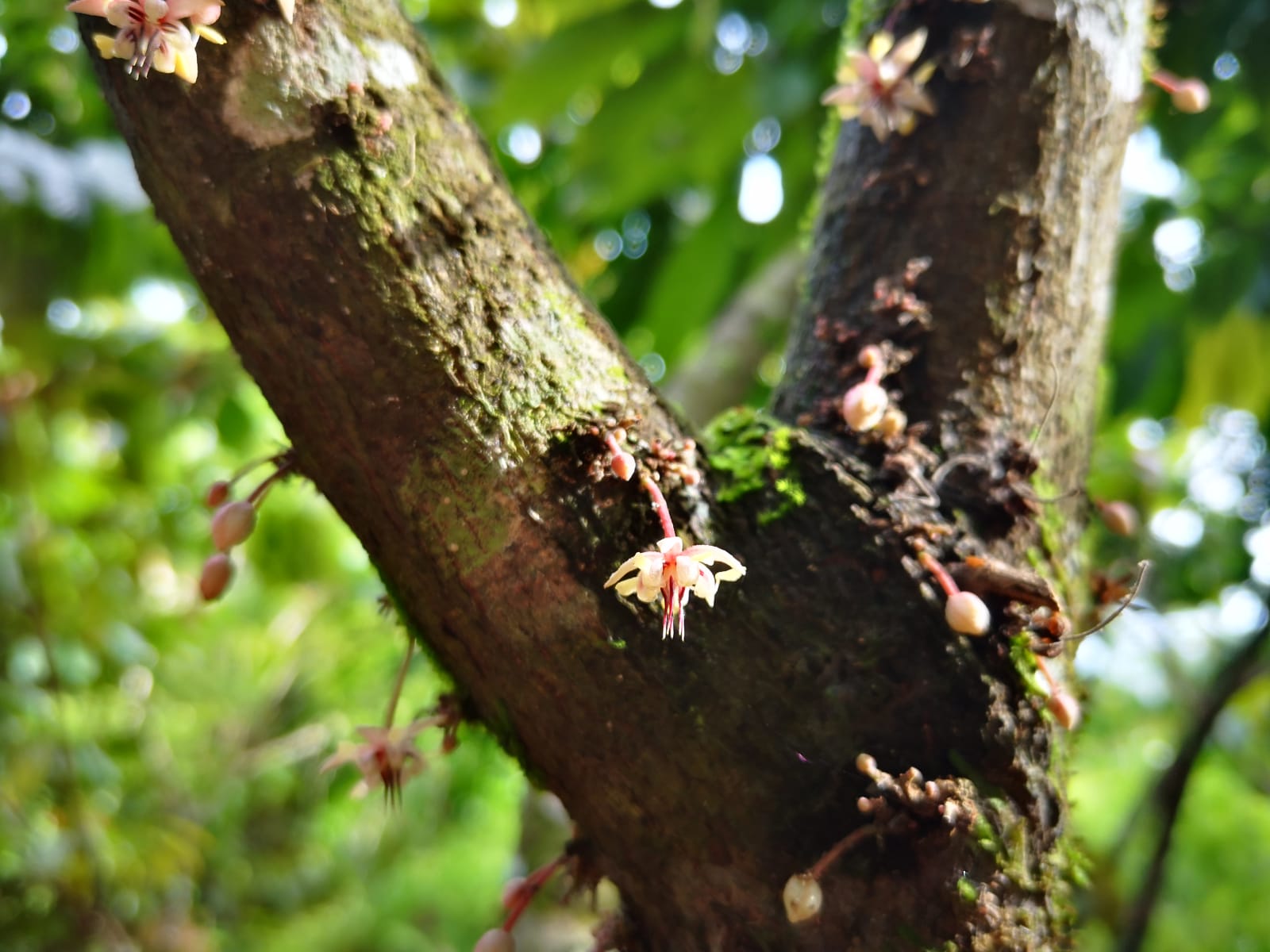

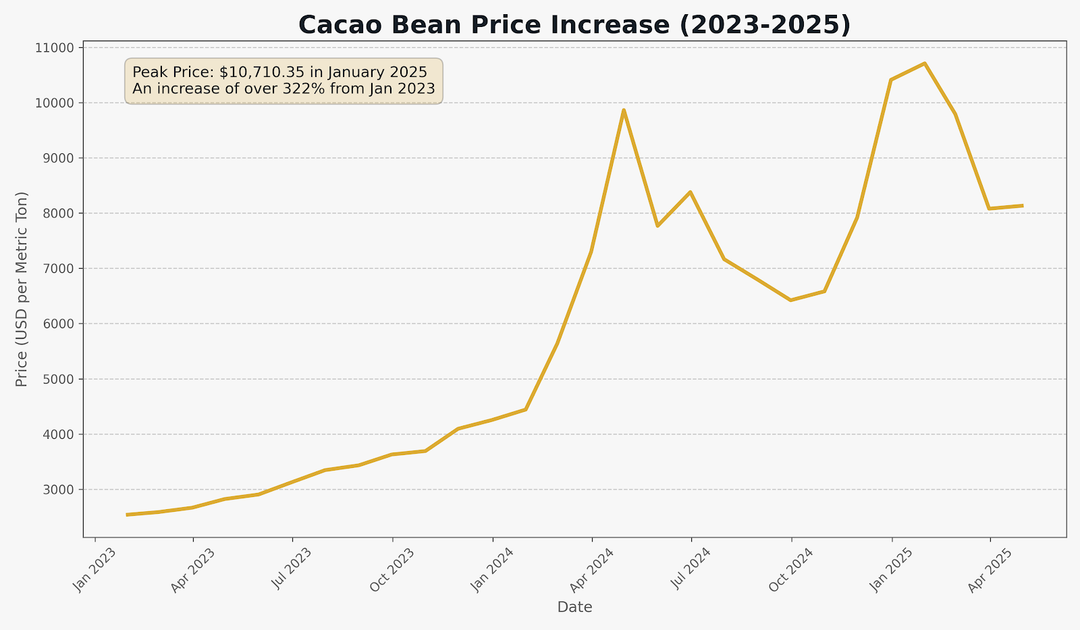
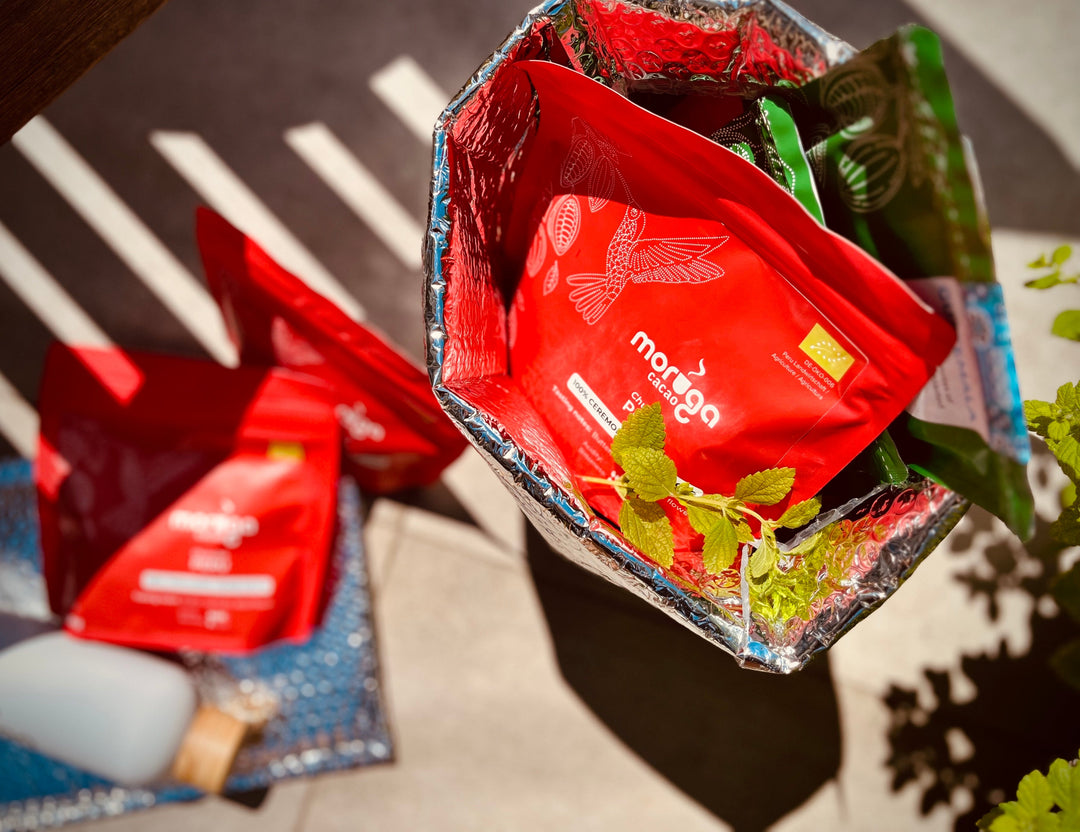
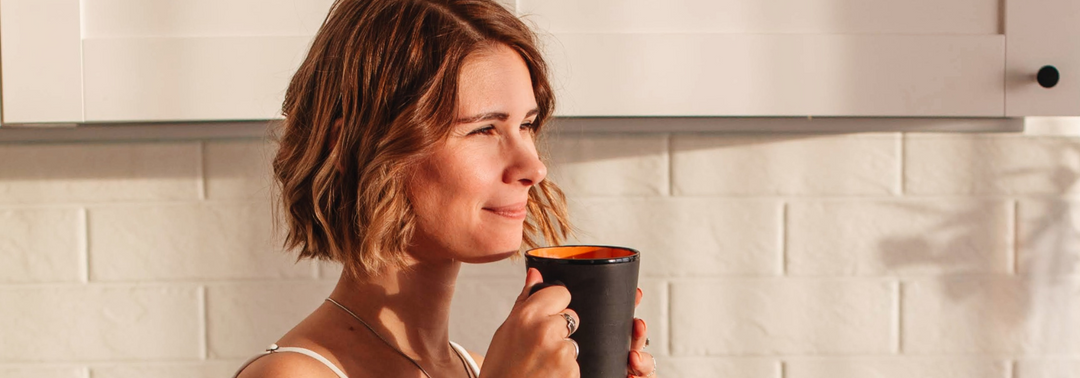
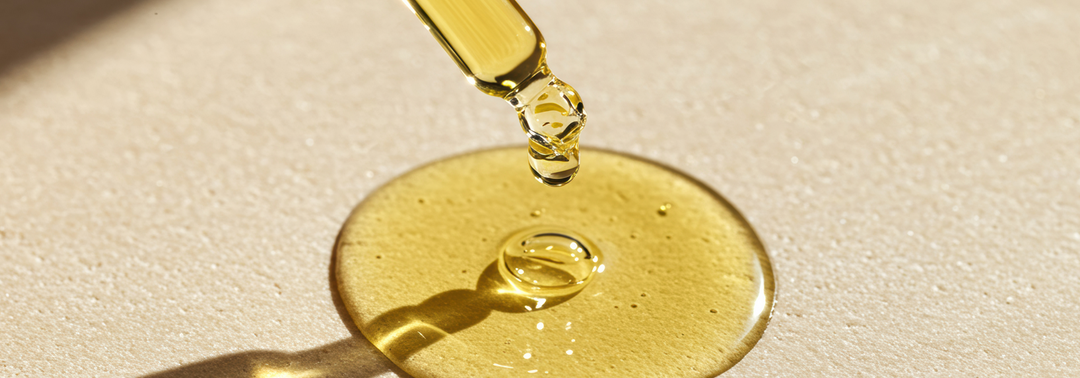
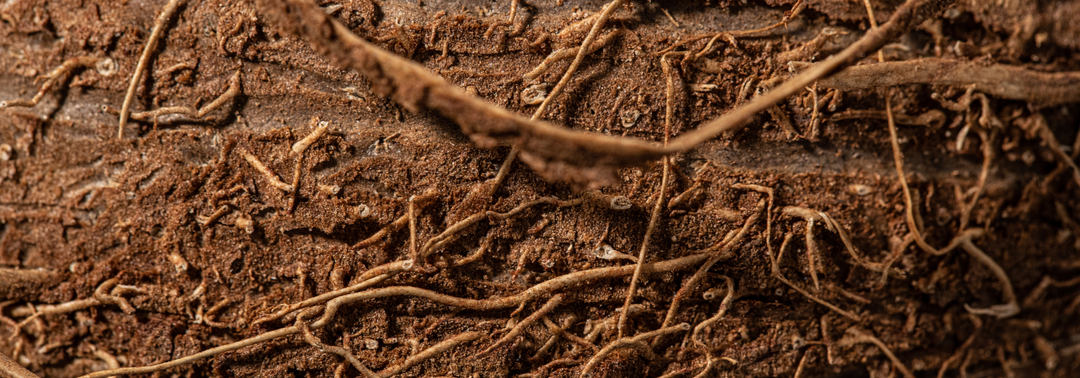
Leave a comment